Access to Industry Experts
Lecturers are selected from the professionals who present technical papers at the MINEXCHANGE SME Annual Conference & Expo. The Krumb Lecture Series is administered by SME and is partially funded by a grant from the Seeley W. Mudd Memorial Fund.
2025-2026 Lecture Series
Select a Krumb Lecturer below to learn more:

As mines approach closure, the shift from active dewatering to natural groundwater rebound introduces complex hydromechanical challenges. Understanding these processes is essential for long-term stability and safety. Post-mining flooding can trigger geomechanical risks such as instability, subsidence, and seismicity. This presentation introduces a fully coupled, time-dependent hydromechanical model that simulates water-rock interactions from pre-mining through post-closure. The mine-scale model incorporates geological structures, dynamic boundary conditions, and mining-induced damage to evaluate evolving pore pressures and predict seismic potential using strain energy release rates. This approach provides a practical tool for assessing closure-related geotechnical hazards and supports informed, sustainable mine transition planning. By linking physical mining processes to long-term performance outcomes, the model enhances decision-making and promotes the development of stable, resilient post-mining landscapes that benefit surrounding communities and ecosystems.
About the Speaker
Dr Sevda Dehkhoda is a principal mining and technology specialist, with over 20 years of experience in R&D and technical consulting for the mining and civil industries. She holds a PhD in Mining Engineering from the University of Queensland, Australia. Her expertise lies in rock mechanics and rock fracture mechanics, where she has developed complex, advanced assessment programs to identify key mechanisms, parameters, and processes that impact the safety and economic viability of mining operations. Sevda currently uses multiphysics hydromechanical simulation and advanced computational methods to develop practical, science-based solutions for the mining industry. Driven by a commitment to sustainable, low-impact resource extraction, her work focuses on managing geotechnical hazards and risks in deep, high-stress, and high-deformation mining environments. She is passionate about translating scientific insights into practical solutions that improve safety, reliability, and environmental performance in mining.
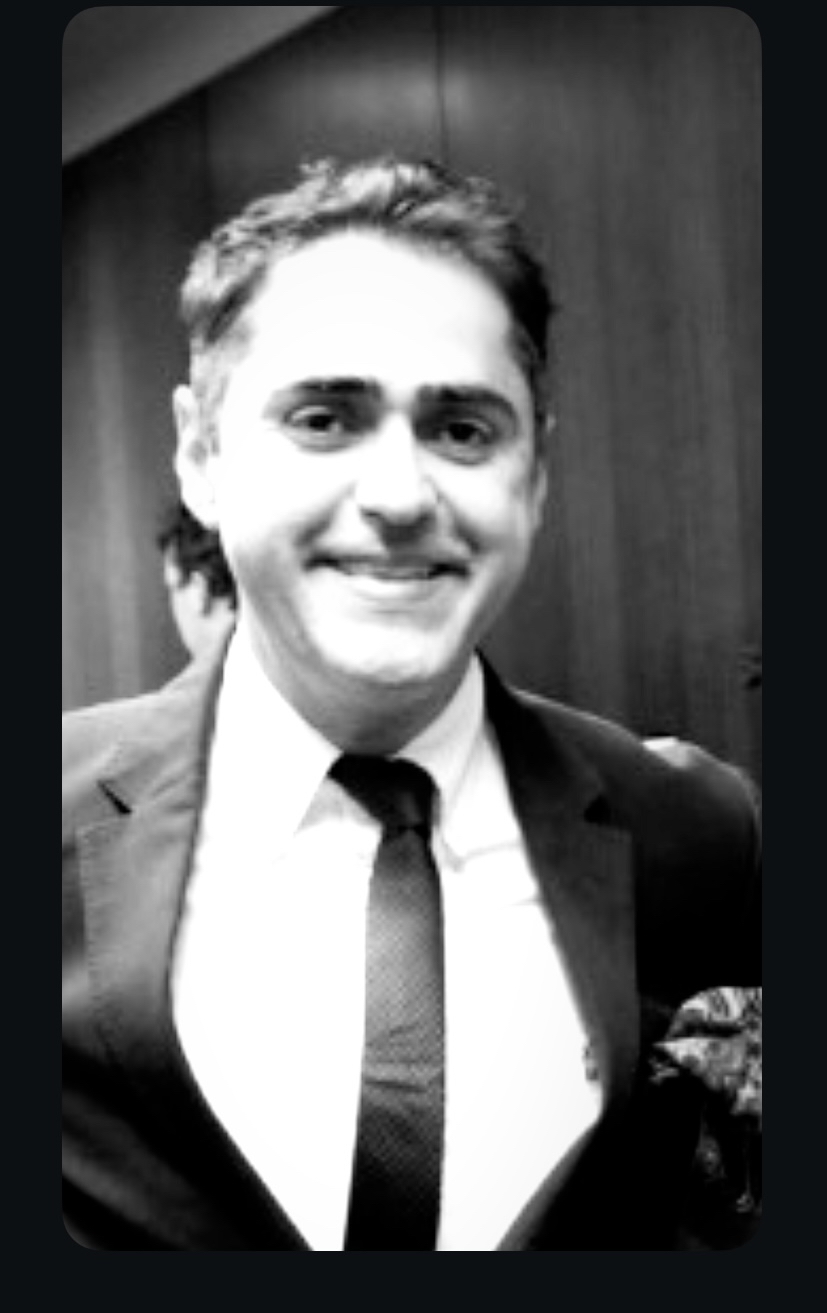
Fiber-reinforced concrete (FRC) tunnel linings in transit systems are typically designed based on accidental fire loads. Conventional methods often rely on standard temperature-time curves, which can overestimate fire loading and lining thickness. Due to the impracticality of conducting full-scale train car fire tests for every system, Computational Fluid Dynamics (CFD) offers a valuable alternative. This study presents a CFD-based methodology to evaluate tunnel wall temperatures during a 15 MW train car fire scenario in an active megaproject. The analysis incorporates convection, conduction, and radiation heat transfer. The maximum wall temperature reached 735.6 °C and was used to develop a temperature-time curve for FRC lining design. Results were validated against similar full-scale tunnel fire tests. This approach enables more accurate, cost-effective tunnel fire design by reducing over-conservatism and aligning with real-world conditions.
About the Speaker
Ali is the Principal Tunnel Ventilation and Fire Life Safety Lead at AECOM, based in the Oakland, California office. He has approximately 16 years of international experience specializing in ventilation and fire life safety for underground environments, including transportation tunnels, subways, stations, road tunnels, underground mines, and engineering project management. Ali earned his Ph.D. in Mining Engineering from Virginia Tech in 2017. During his doctoral research, he developed a novel methodology to significantly reduce the computational cost of fire and airflow simulations across various types of underground spaces. He also introduced a pioneering approach for analyzing tenability conditions during fire events in underground coal mines—specifically addressing the safety of barefaced miners, mine rescue teams, and fire brigades. In his current role at AECOM, Ali leads the design and analysis of tunnel ventilation and fire life safety systems for stations and tunnels across major transit projects in the United States and Canada.
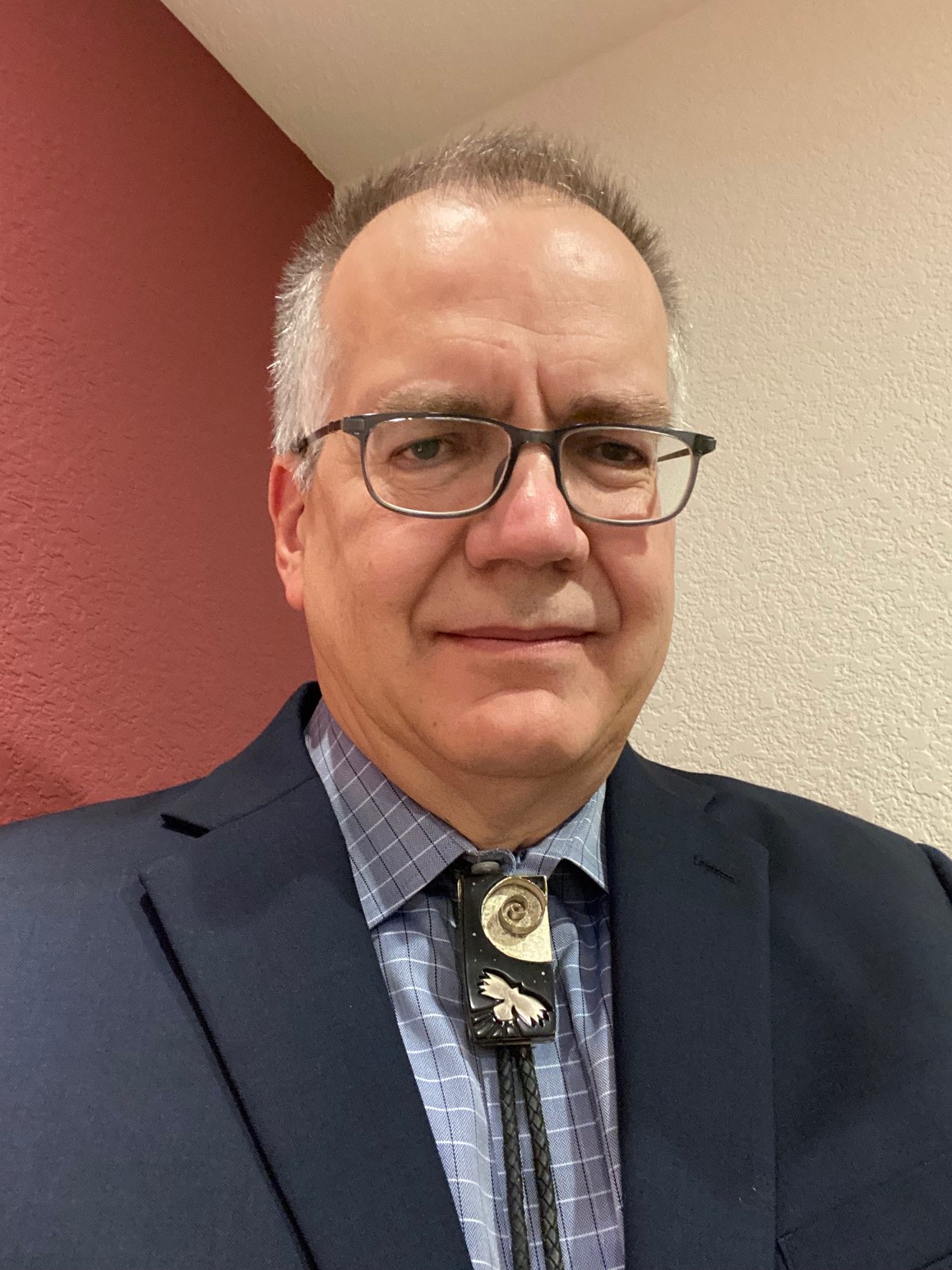
Mine plans are constantly changing to adapt to actual ore grade distributions which are only approximately known at the time the original plan is created. First, the presentation will discuss theory and recent research into mine plan risk assessment and grade uncertainty characterization using geostatistical conditional simulation. Then, the practice of managing mine plan risk will be discussed via stories of mine planning lessons learned from working with several executives who have been inducted into the National Mining Hall of Fame.
About the Speaker
Dr Steven Hoerger is Principal Mining Consultant at Peak View Mine Planning where he provides mine planning, geostatistics, geometallurgy and management consulting services for open pit mining operations. He is also researching stochastic and deterministic mine planning methods in collaboration with Dr Kadri Dagdelen at the Colorado School of Mines.
Prior to establishing his consultancy, Dr Hoerger was Group Executive, Operations and Business Planning at Newmont Corporation. During his 31-year career with Newmont, he held a variety of finance, management, mine engineering and geostatistics positions at site, regional and corporate locations. He holds a Ph.D. in Engineering from Michigan Tech. He volunteers on the Board of Directors of the National Mining Hall of Fame and Museum.
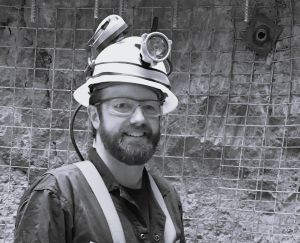
The raise bore method of vertical mine development has been successfully employed in underground mines for over sixty years, evolving from its origins where only small diameter raises under six feet were possible, to now enabling excavations greater in diameter and length. This progression has allowed for the construction of productive hoisting shafts and a wider array of complex projects, thanks to improvements in technology that enhance vertical control during drilling. Successful raise boring requires careful consideration of factors such as the proposed excavation’s dimensions, access, ground stability, and waste handling. Two recent landmark projects demonstrate the method’s capabilities: one achieved the longest single-pass raises in the Americas at 3,530 feet, and another accomplished a large diameter of 26.6 feet while pioneering a variable-diameter approach to optimize shaft lining. These achievements highlight raise boring’s adaptability and its critical role in modern underground mining.
About the Speaker
Ryan Lyle is a geological engineer who has worked in and around the mining industry for the past 25 years. He worked a few years in geotechnical consulting, taking a break to complete graduate studies. He then gained underground experience while spending 5 years as the ground control engineer at the world’s largest salt mine. In 2012, he joined the underground mining contractor, Cementation Americas, where he provides geotechnical, geological and hydrogeological guidance to the company’s safety, operations, engineering and estimating groups for projects across the Americas and Europe. Though his role is very broad, one of his favourite tasks is evaluating ground conditions for raise bore projects.
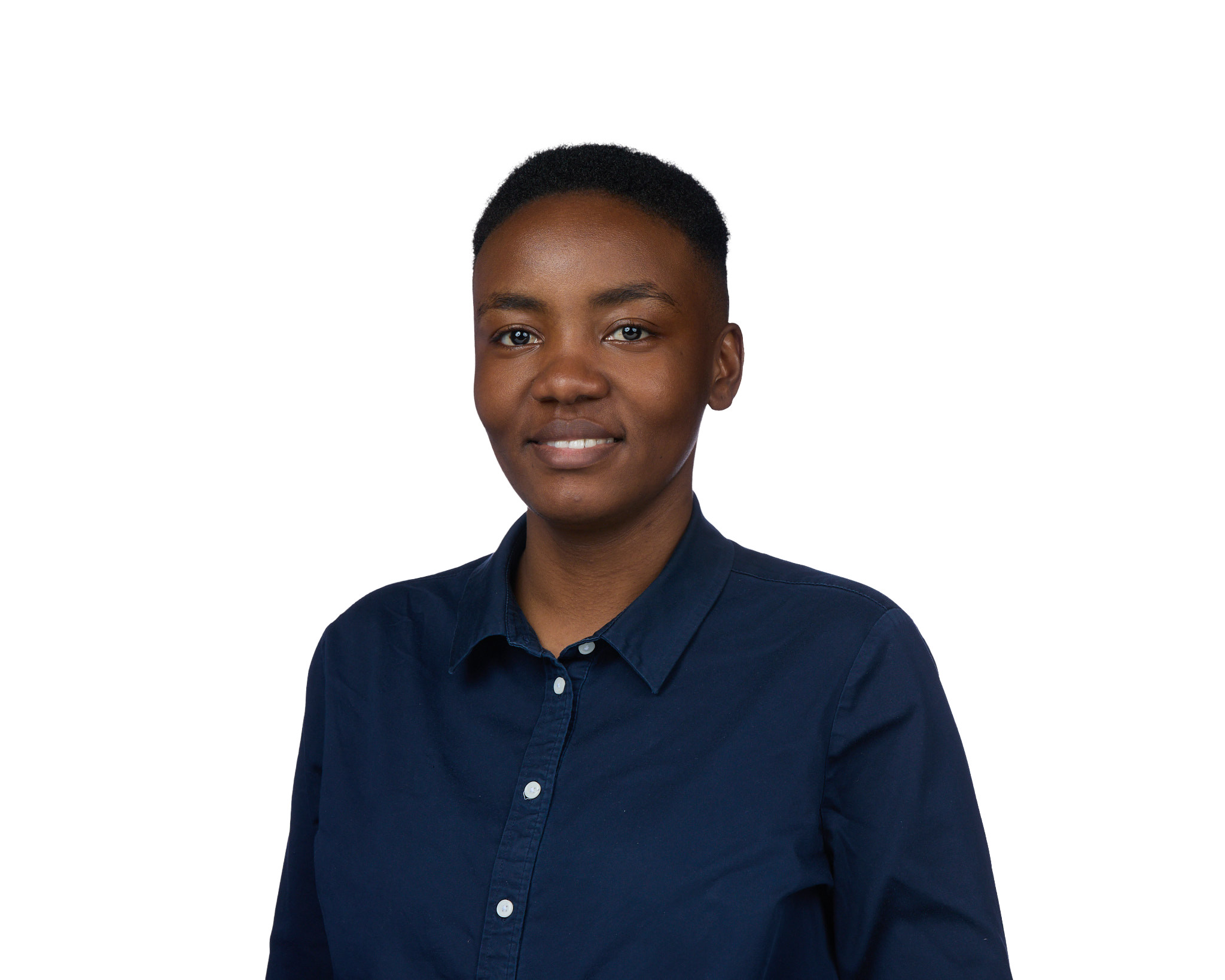
Environmentally responsible and competitive nickel sulfate hexahydrate production is vital to the energy transition. This study presents a process-based life cycle assessment of six production pathways: hydrometallurgical (i) mixed sulfide precipitate in Brazil, (ii) mixed hydroxide precipitate in Australia, (iii) Direct Nickel process in Australia; and pyrometallurgical (iv) nickel pig iron in Indonesia, (v) Class 1 nickel in Canada, and (vi) the Caron method in Cuba. The lowest carbon footprint (6.72 kg CO₂eq/kg) was from the Canada-Norway pyrometallurgical route. The Direct Nickel process showed 5.01 kg CO₂eq/kg excluding electricity. Network analysis of CO₂eq emissions identified material vulnerabilities and environmental hotspots. Transitioning to renewable energy, particularly in Indonesia’s coal-powered Rotary Kiln-Electric Furnace process, could significantly reduce global warming potential—from 86.4 to 45 kg CO₂eq/kg with 50% hydropower. These findings support low-carbon, responsible production aligned with clean energy goals.
About the Speaker
Frida Muthoni is a third-year PhD student at the University of Nevada, Reno, specializing in the sustainable phytoremediation of metalliferous waste using hyperaccumulator plants. Her research aims to transform waste liabilities into potential resource opportunities by enhancing critical metals recovery and soil stabilization while minimizing the environmental impacts associated with post-mining residues, thereby contributing to more effective and eco-friendly mine closure practices. With a background in Mining and Metallurgical Engineering, she combines practical field knowledge with scientific innovation in soil-plant system interactions to support the development of greener mine closure strategies. Her work investigates soil amendments, optimization, and the integration of phytotechnology for long-term ecological restoration. Additionally, she is an active member of the SME, committed to advancing responsible practices in the mining industry through research and professional engagement.
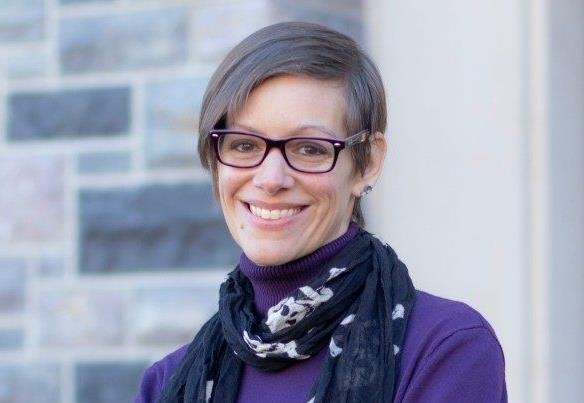
Dust-related lung disease remains a serious concern among mine workers. While exposure to respirable dust is typically measured on the basis of mass, dust characteristics at the particle level (e.g., size, surface chemistry) are increasingly of interest. Scanning electron microscopy with energy dispersive X-ray spectroscopy (SEM-EDX) enables high-resolution analysis of particles, and our past work has demonstrated the complex nature of respirable dust–including the presence of agglomerates and mixed particles, which could have important implications for exposure assessment and health outcomes. To increase the efficiency of data collection and limit user-bias in interpretation, our latest research is using advanced SEM-EDX tools like the mineral liberation analyzer (MLA). MLA was originally developed for ore characterization, but we are leveraging its pixel-by-pixel capability to map and classify dust particles. Results on respirable coal mine dust samples indicate that agglomerates or mixed particles can often account for the majority of all particles present.
About the Speaker
Emily Sarver is the Stonie Barker Professor and Graduate Program Director in the Department of Mining and Minerals Engineering at Virginia Tech, where she also serves as adjunct faculty in Via Department of Civil and Environmental Engineering. Dr. Sarver is an internationally recognized expert on respirable mine dust monitoring and characterization. Over the past 15 years, she has led more than $5M in sponsored research projects and published extensively in this area, often collaborating with industry partners, government researchers, and experts in the occupational medicine and health sciences. Dr. Sarver's work with electron microscopy has been particularly impactful, with recent efforts aimed understanding the complexity of real mine dust particles and even studying the burden of dust in human lungs.

Recent research in our laboratory highlights the potential of a unique, diatom-dominated photosynthetic wetland for attenuating a broad range of metal(loid)s. This passive, open-water system offers chemical-free alkalinization and oxidation, making it a promising complement to engineered treatment technologies. Bench-scale studies demonstrate that integrating this wetland with membrane processes can enhance cost-effective removal of arsenic and boron. Building on this, we evaluated biological oxidation followed by ferric flocculation for broader metal removal. Additionally, reversing the treatment sequence—using mild chemical dosing to raise acid mine drainage pH from 3 to 5 before wetland transit—shows promise for further passive treatment and pH stabilization. These findings support a hybrid approach that combines nature-based and active technologies to improve sustainability and performance in mine water treatment.
About the Speaker
Jonathan (Josh) Sharp is a Professor and Associate Head in the Department of Civil and Environmental Engineering at the Colorado School of Mines, and former Associate Director of the Mining Sustainability Research Center. His research explores how microbial respiration influences the fate of environmental pollutants, including trace organics, metals, and nutrients. His lab uses a multidisciplinary approach, integrating environmental engineering, microbiology, geochemistry, and hydrology. Professor Sharp is also engaged in academic capacity building in Peru through collaborative research on soil and water pollution. He has received numerous honors for his work, including the National Science Foundation CAREER Award, the Mines Excellence in Research Award, and recognition as a Kavli Fellow of the National Academy of Sciences. Most recently, he was named an SME Henry Krumb Lecturer.
